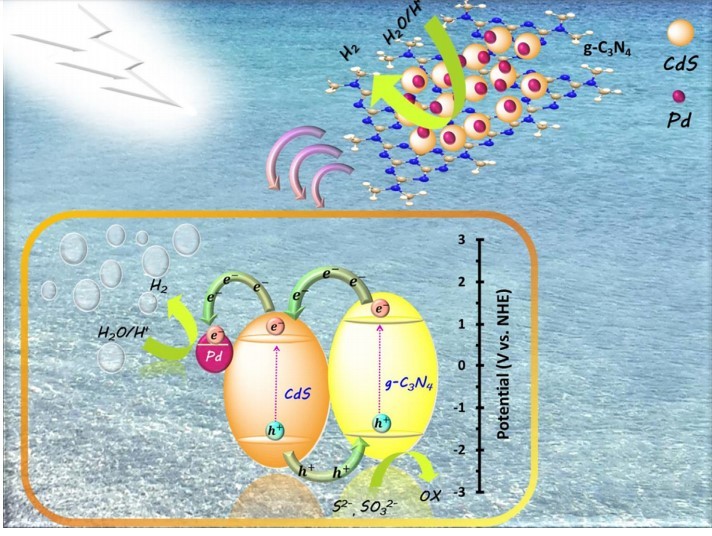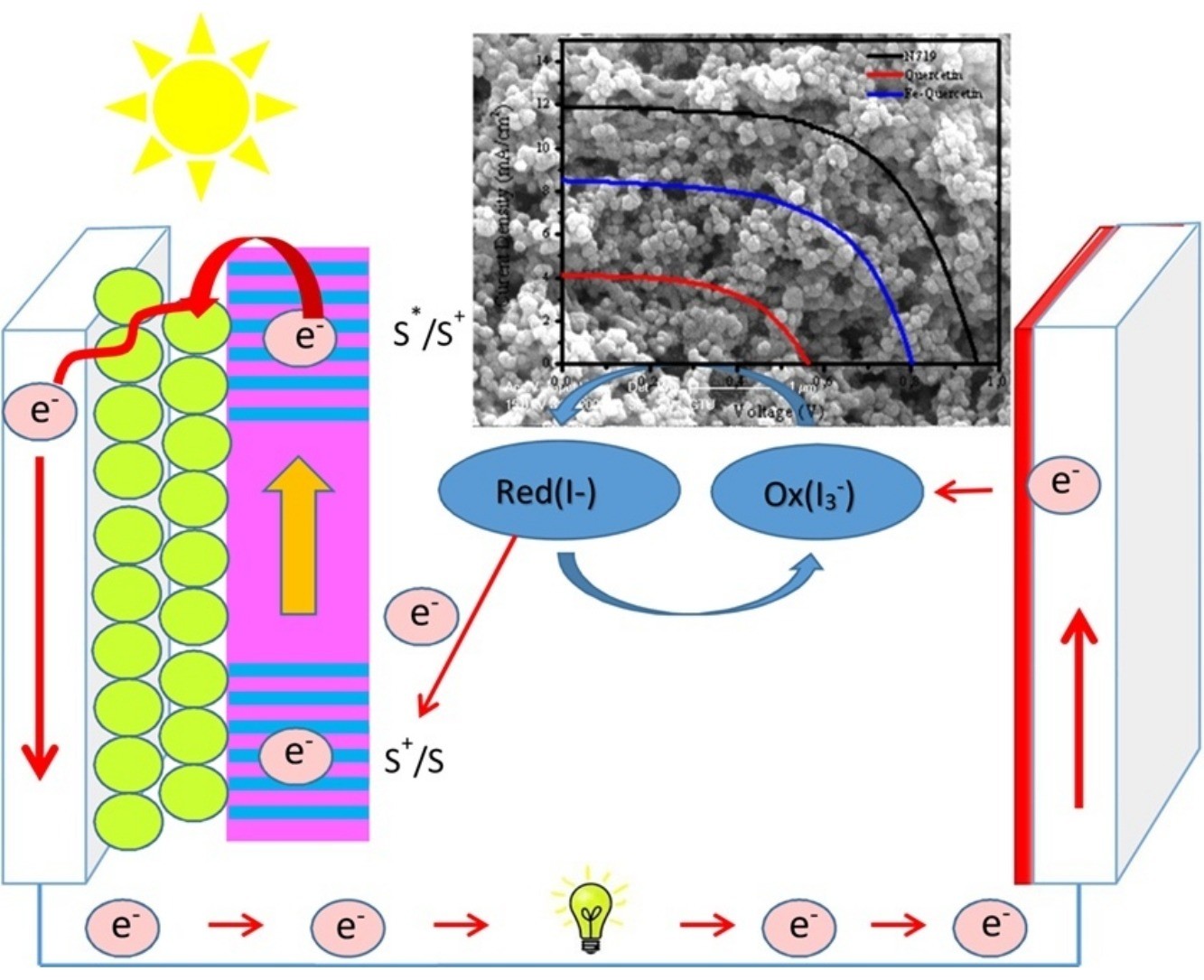
Dye sensitized solar cells (DSSC) are photovoltaic devices that converts sunlight to electricty. Dye sensitized solar cells, which consist of photoanode formed by dye which absorbs sunlight, adsorbed onto semiconductor, electrolyte and counter electrode, are attracts attention because of its cheap and easy preparation process and the ability of generating electricity in cloudy conditions and also artificial light.
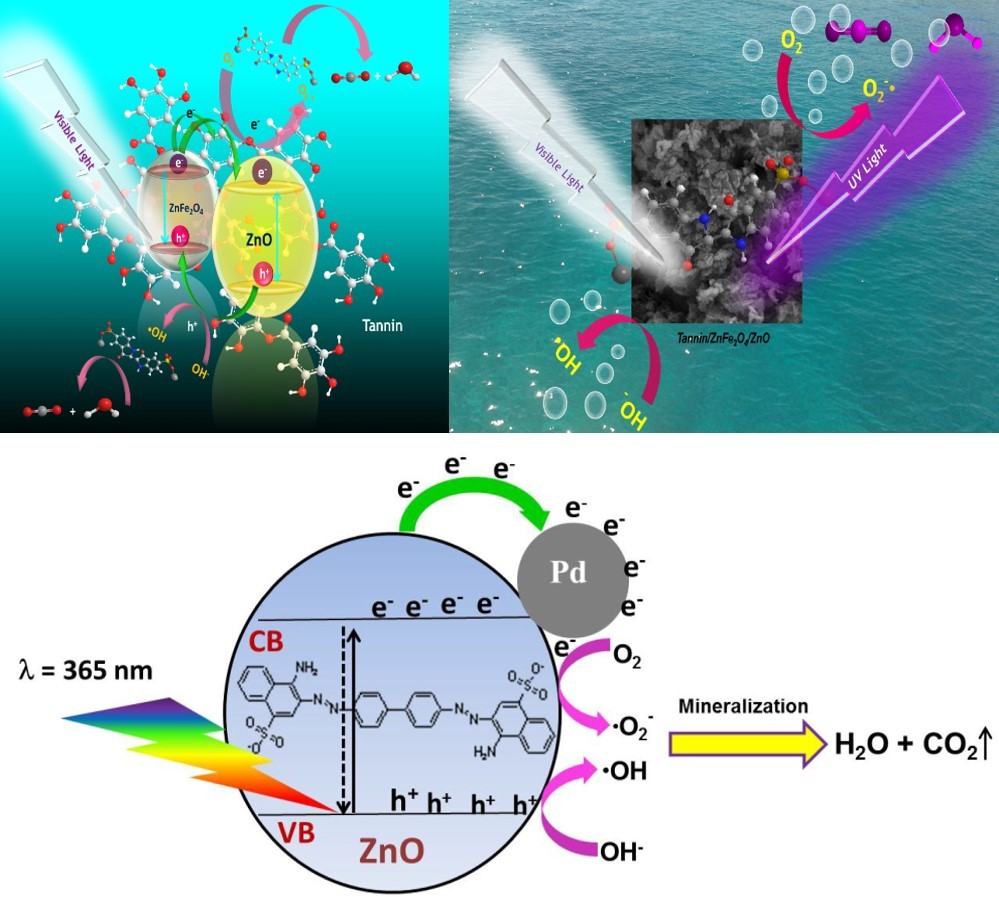
ZnO and TiO2 based photocatalysts are sensitized via co-precipitation, sol-gel, hydrothermal/solvothermal or microwave asissted hydrothermal methods. Prepared ZnO based photocatalisyts are doped using different methods with noble metals, transition metals and elements such as C, N or S. Composite photocatalysts that works in visible light such as ZnO/Tanin/ZnFe2O4, NiFe2O4/Tanin/ZnO, Ag3PO4/ZnO/Fe3O4, AgCl/ZnO/Fe3O4, N-doped ZnO/ZnS, Ag/Ag2CrO4/ZnO and CuFe2O4/AMO are developed. Developed photocatalysts are used at different area like dye degredation and H2 producing.
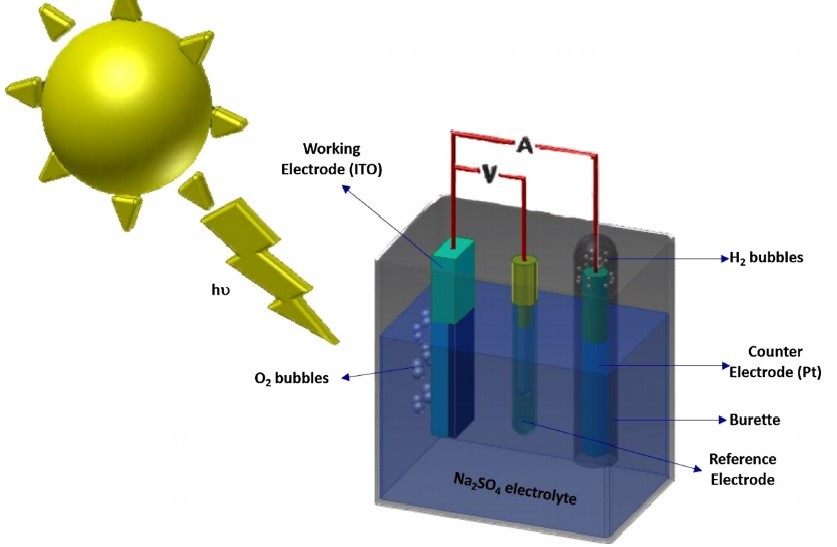
Recently, alternative energy sources have been considered with the depletion of non-renewable resources and the increasing environmental pollution. Among the possible alternative candidates, hydrogen (H2) is considered the most promising source of clean energy due to its sustainability and renewability. Photocatalytic (PC) / Photoelectrochemical (PEC) hydrogen production techniques from water emerge hopefully due to their environmental safety.
Photoelectrochemical (PEC) hydrogen production is an important alternative under the option of renewable and sustainable energy-based hydrogen production from water in the presence of sunlight and semiconductor materials.
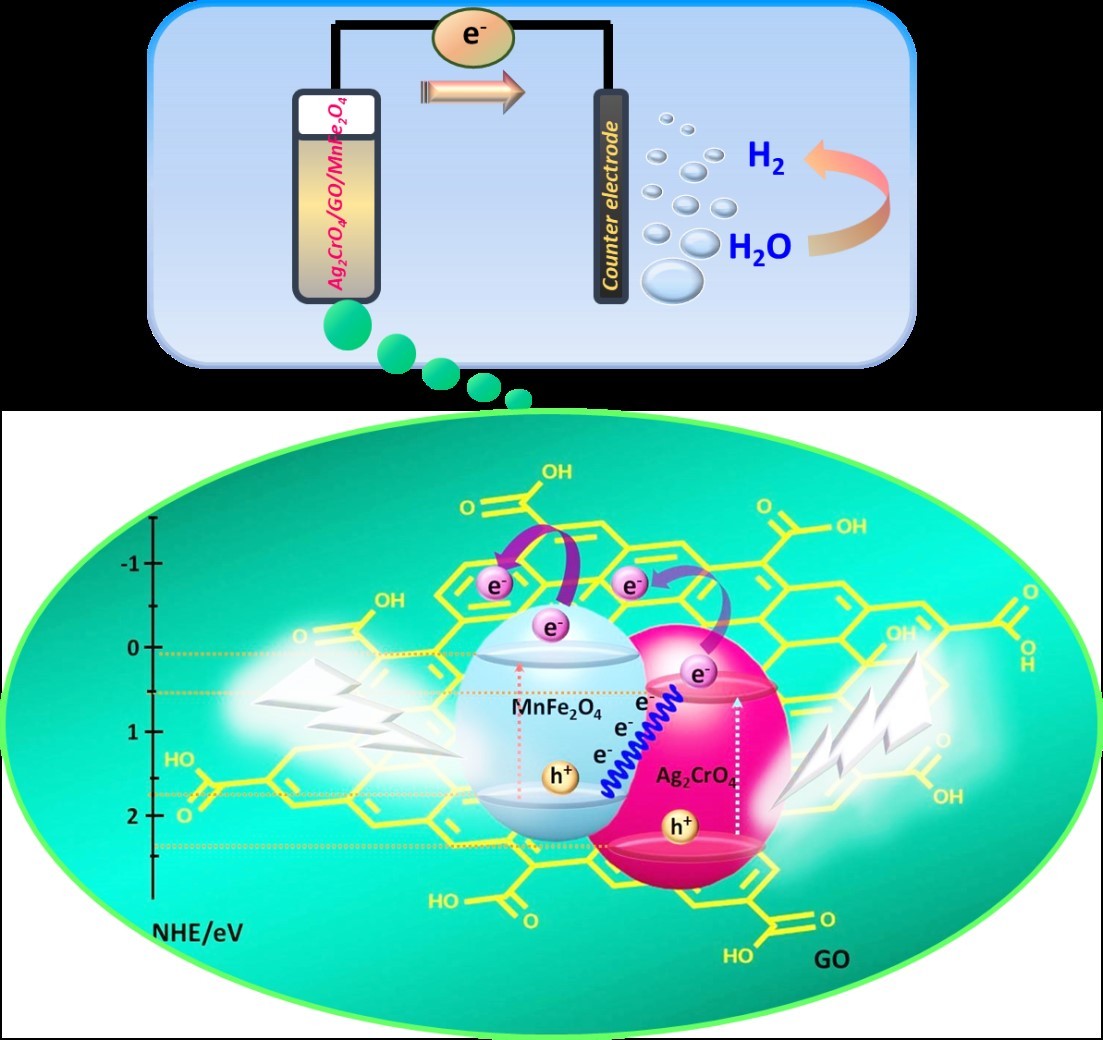
Photocatalysts are used as one of the most interesting strategies to convert solar energy into H2 energy in PC / PEC H2 production from water separation through semiconductors. [10-As various semiconductor materials; Examples of several photocatalysts developed for the production of ZnO, TiO2, g-C3N4, MoS2, CdS, spinel ferrites (AFe2O4, A: Mn, Cu, Ni), graphene oxide and graphene oxide based composites H2.
